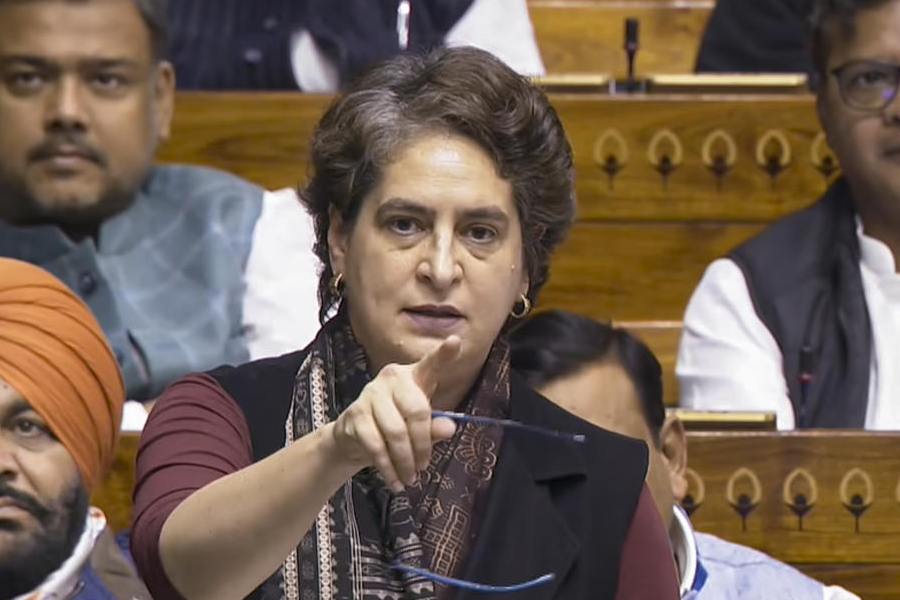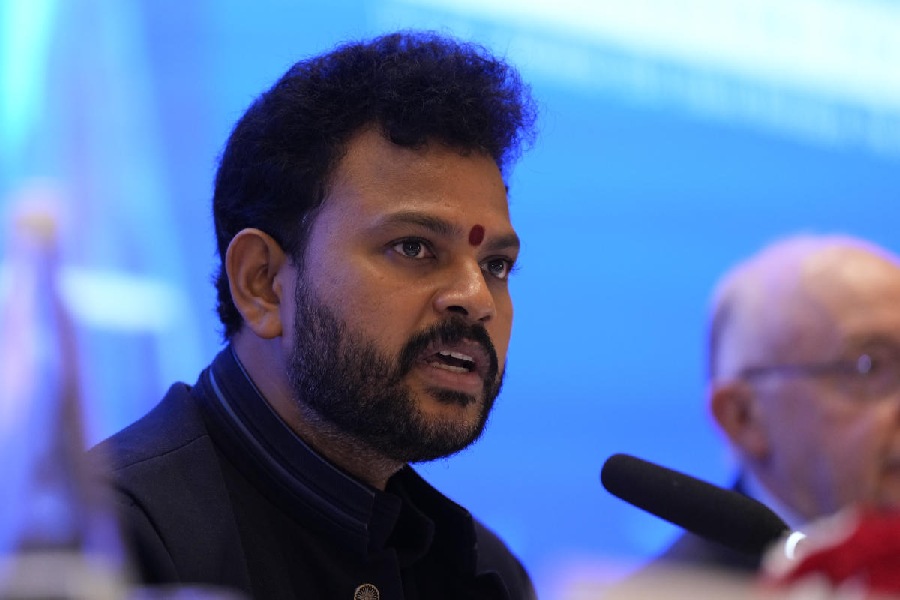India stands at a critical juncture as the world steers dynamically evolving economic realities driven by geopolitical shifts, trade negotiations, supply chain diversification and technological advancements. By 2030, India's working-age population is projected to reach 1.04 billion, among the largest in the world, and it has a unique opportunity to position itself as a leader in technology, innovation, manufacturing, and services. However, a critical success factor in this journey is the active participation of women in the workforce. While India’s economic aspirations have grown, so has the realisation that sustained growth and competitiveness require a more inclusive workforce, which means not only ensuring that women are entering the workforce but also that they are staying employed, progressing into leadership roles and contributing to high-growth industries of the future.
The Economic Survey 2024-25 highlights a promising increase in female labour force participation, rising from 23.3% in 2017-18 to 41.7% in 2023-24. Despite these advances, India’s female workforce participation remains well below the global average of 60%, leaving room for unlocking the untapped potential. Leveraging this capacity could boost India’s gross domestic product by up to 27%. An increased female workforce participation contributes to higher household incomes, improved health and education outcomes, and pronounced social mobility, creating a ripple effect that benefits families and communities. This reinforces the fact that gender equality in the workforce is not just a social good but also an economic necessity.
As we shift gears, one key thing to focus on is looking beyond numbers. That is, instead of counting how many are employed, we need to ensure they are meaningfully employed and contributing to India’s socio-economic development. This can only be achieved if we build a gender-responsive skilling approach, which ensures women get access to future-ready skills and find employment opportunities in high-growth sectors. Today, even as we progress in numbers, many skilling programmes continue to focus on traditional industries, such as handicrafts, tailoring, and beauty services — which are fine as avenues but are limiting and do not truly unlock the talent potential of women. Growing opportunities in future skills, such as Artificial Intelligence, green jobs, and advanced manufacturing, remain largely out of reach for women.
Several gender-responsive skilling initiatives and public-private partnerships are already making strides in enabling women’s workforce participation, especially in future skills. The Skill Impact Bond, India's first outcome-based skilling initiative focussed on sustainable employment, and programmes like NASSCOM’s Women Wizards Rule Tech provide mentoring and training for women in emerging technologies. These initiatives highlight the transformative potential of well-structured, gender-focussed skilling programmes led by the private sector and philanthropies in partnership with the government. By aligning skill development with real industry demands and fostering inclusive work environments, these efforts equip women with relevant skills and create pathways for career advancement and long-term professional growth.
There is scope for policy interventions to enable more such initiatives through partnerships and incentives for businesses to train, hire and retain women in high-growth industries. A game changer in this regard could be a model similar to the Production Linked Incentive Scheme designed to encourage women’s employment in future-ready sectors. For example, companies that employ a certain percentage of women in AI, robotics, electric vehicle manufacturing and so on could receive financial incentives or preferential access to government contracts. A gender-responsive skilling ecosystem, backed by policy incentives and private sector collaboration, will future-proof India’s workforce and truly enable the women-led development of the country.
When it comes to access to skilling or jobs outside their localities, mobility constraints to go to skilling centres or commuting for jobs, particularly for women in semi-urban and rural areas, is a key challenge. Digital platforms offering both skilling programmes and jobs have the potential to address this issue. Yet, the digital divide continues to be a limitation. According to the GSMA Mobile Gender Gap Report 2023, women in India are 12% less likely than men to own a smartphone and 30% less likely to use mobile internet. The inability to access online skilling programmes, job platforms, and remote work opportunities limits economic opportunities for many women.
However, the big elephant in the room is the retention of women in the workforce. While policies such as the Maternity Benefit (Amendment) Act, 2017 have strengthened protections for working mothers, the absence of affordable childcare and flexible workplace policies pushes many women out of formal employment. Career breaks due to caregiving responsibilities often result in long-term workforce disengagement, with limited pathways for re-entry. In addition, workplace safety is also a concern for many, particularly for women in industries that require travel or non-traditional working hours. Therefore, addressing these structural barriers is critical to effectively increasing women’s participation without limiting their ability to build long-term careers and financial independence.
Interestingly, the recent NITI Aayog report, From Borrowers to Builders: Women's Role in India's Financial Growth Story, highlights a substantial rise in women's financial engagement. As of December 2024, 27 million women were actively monitoring their credit, marking a 42% increase from the previous year. However, despite this progress, challenges such as credit aversion and collateral requirements continue, underlining the need for financial institutions to design gender-inclusive products and for policy initiatives to address structural barriers around access to credit. Including financial literacy and entrepreneurship training within skilling programmes can empower women to transition from borrowers to builders in India's economy.
As India moves toward its goal of becoming a five-trillion-dollar economy, gender-responsive skilling must be central to its workforce development strategy. The economic case for women's participation is clear, but the challenge is ensuring they thrive in future-ready jobs. Investing in skilling, inclusive workplaces, and access to financial and digital resources can unlock their full potential, driving economic resilience and social transformation.
Suryaprabha Sadasivan is Senior Vice-President, Chase India










